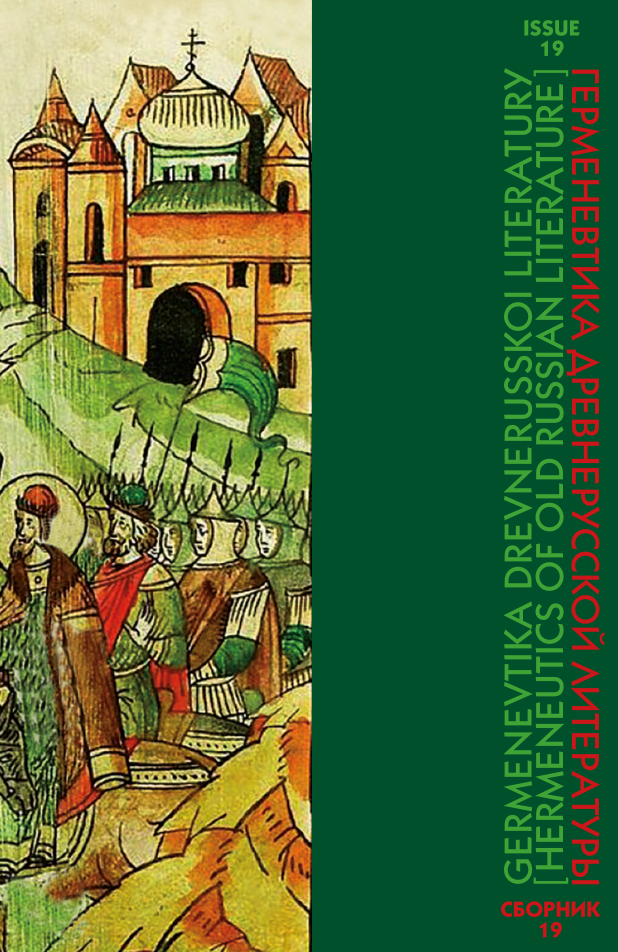Abstract:
Viewpoints on the personality of Ivan IV Vasilyevich come from numerous sources that recorded the events of his reign. The task of the work is to reveal the features of his image in the Mazurinsky Chronicle written at 80s of the 17th century. A.P. Bogdanov considers that the chronicler estimated tsar negatively. This statement can be verified by analyzing the estimates appearing in the chronicle and in the sources used by the author Isidor Snazin. The scribe followed the traditional principle of depicting heroes through actions. Unlike many monuments, the military activity of princes and tsars, which served as their most important characteristic, is reflected laconically in the chronicle. Fragments of the chronicle depicting Ivan the Terrible tell about the most important events of his era and often repeat the texts of Chronicle of 1652 and The Book of Degrees of the Royal Genealogy exactly. Three more sources — Nikon, Novgorod the Third and Novgorod Zabelinsky Chronicles are used occasionally in this part, although for the negative chronicler the Novgorod codes provided rich material with direct condemnation of the tsar. The chronicler evaluates the ruler mainly with stable hierarchical and positive epithets. Several episodes contain a negative assessment of tsar’s actions, expressed not directly, but through the presentation of events. As a result, the image of Ivan IV Vasilyevich appears as objectively contradictory, and not definitely negative.
REFERENCES
1 Bogdanov, A.P. “Isidor Snazin.” Slovar’ knizhnikov i knizhnosti Drevney Rusi [The Dictionary of Scribes and Bookishness of Old Russia], issue 3: 17th Century, рart 2: I–O. St. Petersburg, Dmitriy Bulanin Publ., 1993, pp. 122–124. (In Russian)
2 Bogdanov, A.P. Letopisets i istorik kontsa XVII veka: Ocherki istoricheskoy mysli “perekhodnogo vremeni” [Chronicler and Historian of the End of the 17th Century: Essays on the Historical Thought of the “Transitory Time”]. 2nd ed., rev. and exp. Moscow, Berlin, Direkt-Media Publ., 2019. 218 p. (In Russian)






